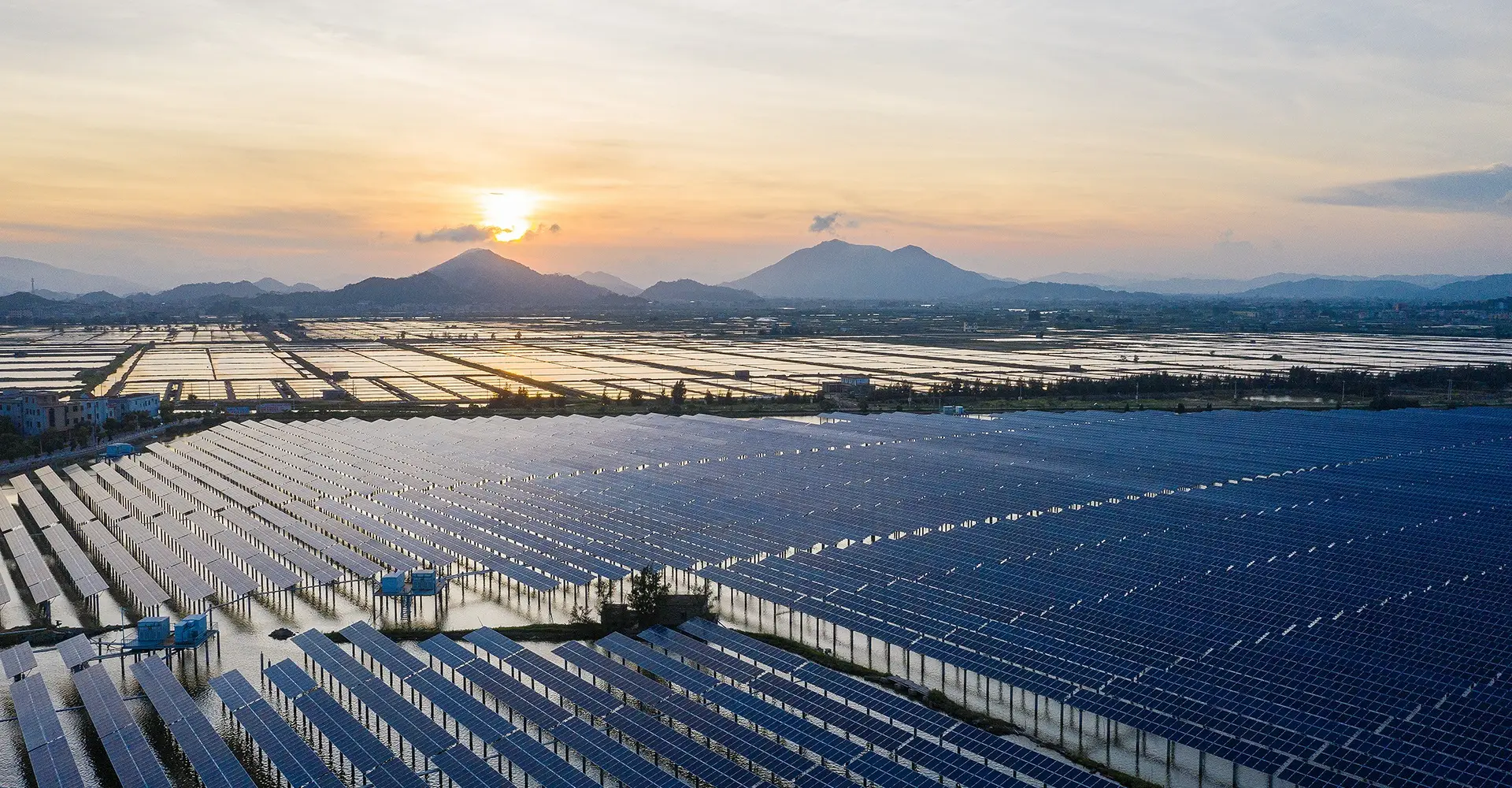In the vast world of renewable energy, monocrystalline solar panels occupy a place with their excellent energy efficiency and stable performance. However, like any precision equipment, they can suffer failures. This article will delve into the common faults of monocrystalline solar panels and their repair methods, providing professional guidance for maintaining the smooth operation of solar power generation systems.
1. Fault type and diagnosis
There are many types of monocrystalline solar panel failures, common ones include power drops, hot spot issues, damaged panels, damaged junction boxes, etc. Fault diagnosis usually requires professional testing equipment and technical knowledge.
Power drop: Power drop is one of the most common failures, and possible causes include dust accumulation, foliage, aging components, or inverter problems. This type of problem can be effectively prevented and diagnosed by regularly cleaning monocrystalline solar panels and checking inverter logs.
Hot spot problem: A hot spot problem is usually caused by local damage to the internal circuit of the battery panel, which will cause the current to concentrate in the damaged area, resulting in overheating. Hot spots not only affect the performance of monocrystalline solar panels, but they can also cause fires. Use an infrared camera to quickly locate hot spots.
Panel damage: Physical damage such as cracks, chips, or corrosion can affect the functionality of monocrystalline solar panels. Regular visual inspections and structural integrity assessments can help detect such issues promptly.
Damage to the junction box: The connections inside the junction box may be oxidized or corroded due to long-term exposure, resulting in poor contact or an open circuit. Opening the junction box to inspect and clean or replace damaged parts is the solution to this problem.

2. Maintenance methods
For the above faults, the following are some specific repair methods:
Cleaning and maintenance: Regularly cleaning the surface of the battery panel to remove dust, dirt, and obstructions can effectively restore the power output of the battery panel. At the same time, check and tighten loose components to ensure the structural stability of the panel.
Replace damaged components: For broken panels or damaged junction boxes, new components often need to be replaced. During the replacement process, be sure to follow the manufacturer's guidance and safety standards.
Fix hotspot issues: If you discover a hotspot issue, disconnect power immediately and check the panel's wiring and components. If necessary, replace damaged battery cells or modules.
Software upgrades and reconfigurations: For inverter-related failures, software upgrades or system parameter reconfigurations may be required. This usually requires professional technicians to complete.
3. Preventive measures
In addition to prompt repairs, it is equally important to take appropriate preventive measures. This includes:
Choose a suitable installation location to avoid obstruction by trees and other buildings.
Conduct regular system inspections and maintenance to detect potential problems in a timely manner.
Use high-quality components and inverters to ensure system reliability.
Consider purchasing insurance to cover the risk of natural disasters or other unexpected damage.
As an efficient renewable energy solution, the maintenance and repair of monocrystalline solar panels is crucial to ensuring the long-term stable operation of the system. Through regular inspections, timely cleaning, and necessary maintenance, the service life of the battery panels can be maximized and the continuous supply of energy can be ensured. Remember, a professional maintenance team and correct operating methods are the keys to a healthy solar system.
mia
charles@fgnexsolar.com